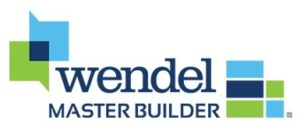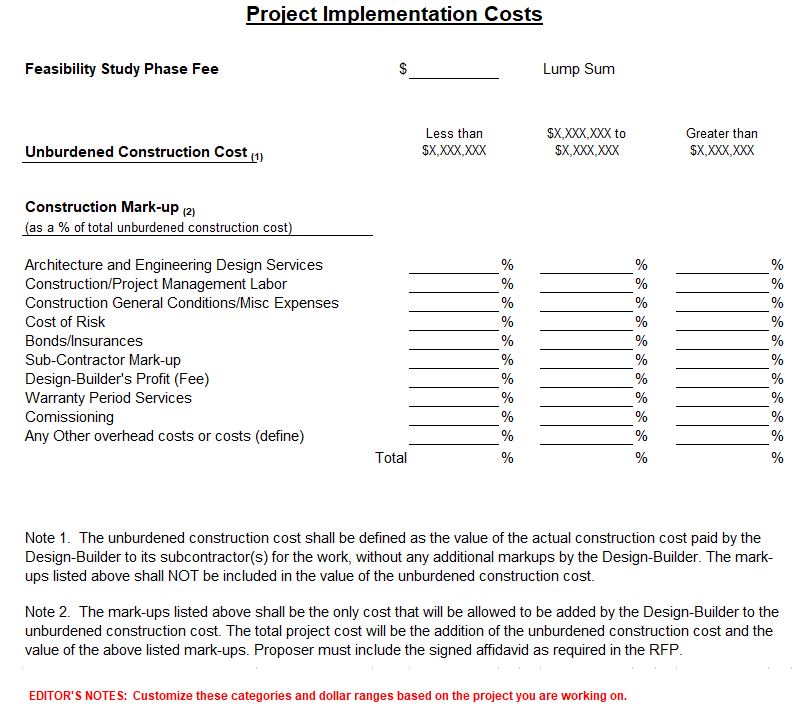
Everyone wants to know what their money is being used for. This holds true in everyday life as well as the design and construction industries. In areas like the public sector especially, government and public agency officials are expected to conduct business with full transparency. Residents and tax payers are demanding that all facets of procurement and expenditures be carried out impartially and in a fiscally responsible manner. This includes a process that ensures cost transparency as well as fair and reasonable costs for goods and services.
While typical closed book deals (such as lump sum or guaranteed maximum price contracts) provide a theoretical initial fixed cost certainty, they do not provide for any transparency of cost information whatsoever. Instead, they give the contracted party the opportunity to maximize their profits by “hiding the cheese” within their closed books, or by making it their mission to recoup any money they may have left on the table on bid day through change orders.
For project owners, the process of achieving the desired level of transparency begins at the procurement stage. Requests for Proposals (RFP’s) and Requests for Qualifications (RFQ’s), laid out with this in mind, can establish the requirements and basis for cost transparency early on. Competitive pricing, material and labor transparency, cost back-up confirmation and review, when made requirements rather than aspirations, can completely change the experience of your project.
The following is an excerpt from an RFP that sets clear expectations of transparency and full disclosure of project costs from start to finish. When included in your RFP or RFQ, this language will allow you to assess with confidence the commitment of all respondents to a fiscally responsible and fully open-book approach to your project.
RFP Excerpt
Financial Terms (Maximum 30 points) (Proposal Section 5 and Appendix B)
The TOWN is interested in selecting a builder that conducts business with a philosophy of full disclosure of all project costs. Unburdened construction cost mark-up will be the primary factor evaluated for the value brought to the TOWN by the proposed approach to project implementation. Consideration will be given to proposals that responsibly maximize the net economic benefit to the TOWN over the term of the construction services agreement, and that responsibly minimize the risk to the TOWN in connection with the proposed transaction.
Factors that will be considered for purposes of providing the greatest net benefit to the TOWN include:
- Construction Mark-up per the Projected Implementation Costs form included in Appendix B – Proposal Forms;
- The approach to project financing;
- The approach to procuring equipment, material and installation labor

